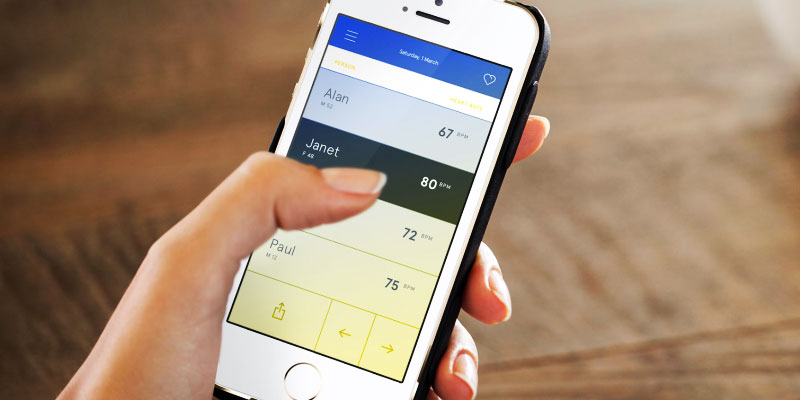Science is making its progress very fast, and soon will come a day when our smartphones could measure our body heat.
That day isn’t far when your smartphones will be able to detect your body temperature and would tell you if you have a cold and could also analyze your DNA.
Scientists from Polytechnique Montreal and Gorilla Glass maker Corning are jointly working to create display sensors that can read your spit.
The sensors would actually be embedded within the phone’s display and help users to measure body temperature, study blood levels (whether diabetic or not), and theoretically work with platforms like Apple’s HomeKit to provide users with more real time data about their health conditions.
Yes, there are rumors prevailing in the market regarding Apple’s alleged switching away from Corning’s Gorilla Glass for its next generation iPhone; and instead of embracing Crystal Sapphire Glass, this might be a strong enough reason for Apple to stick to Corning for its new iPhone 6.
According to the latest research in The Optical Society’s open access journal named Optics Express, a team of researchers have created what they call the first laser-written light-guided systems that can help these improvements. This would certainly open the Pandora’s Box, now it all depends on how people invent new uses. However, the overriding hope is that technology firms would actually embed these biomedical sensors into some of their devices too, like tabletops and windows.
To make this work in a viable manner, the scientists shot lasers into glass to make pathways that would help transfer information in the form of tiny beams of light. Apart from that, the waveguides act as tunnels that transmit light just like how electronic wires pass electrical signals.
Once you add these waveguides to mobile devices and add a code that’s readable, it opens up new paths and opportunities for manufacturers to use creativity. Yes, waveguides aren’t new in the business, and the team of researchers say its new method invented by the team are some 10 times better at lowering such loss than the ones made previously with lasers. Besides, these are use cases for the display to monitor CO (carbon monoxide) levels in the air and also add security to phones, etc.
However, for now both the authentication and temperature system are patent pending!





